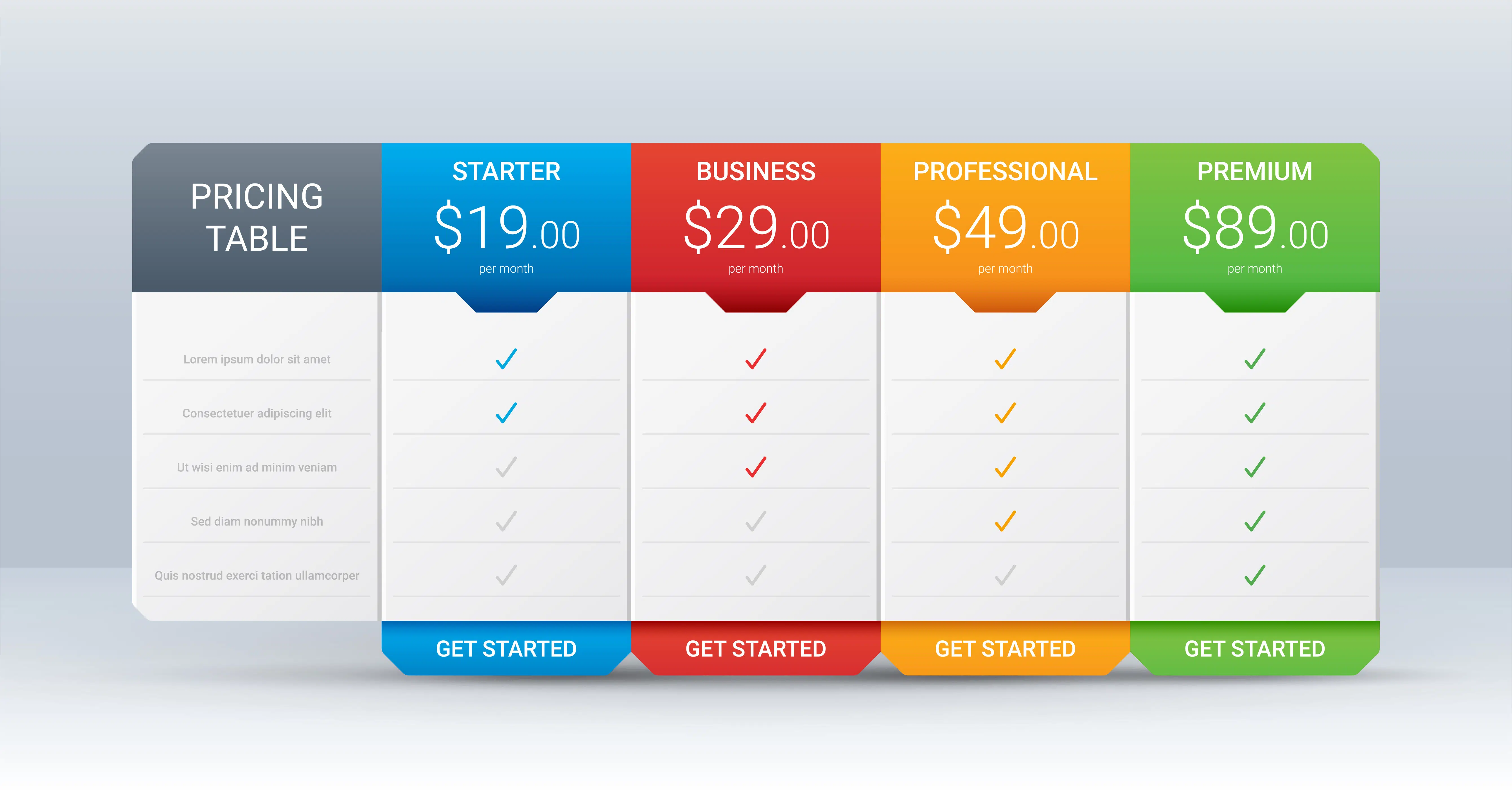Pricing is one of the most important factors you should consider as a business owner. Don’t make the mistake of failing to implement an effective price anchoring strategy! This could cost you your business, resulting in lost sales and customer dissatisfaction.
In a nutshell, price anchoring is the process by which your business establishes a price to which your customers can refer when pricing products or services. For example, Sally knows that the average cost of a surf ‘n’ turf dinner in Northeast Florida runs roughly $49.99. If she goes to your restaurant and sees a price tag of $99.99 for your surf ‘n’ turf meal, you can expect Sally might be startled and dissatisfied with your brand. All of your customers are just like Sally. They don’t want to be ripped off. They want to feel that they’ve found a bargain and they want to feel confident they’ve made the right purchase from the right company.

While your own price anchoring strategy will depend largely upon the type of business you own and the products and services your offer, I am going to show you three of the most common ones:
Package Comparison: the process of developing an ideal price for your company products or services. In this strategy, you would devise a package highlighting certain benefits and features. You would also go on to develop a slightly cheaper package with fewer benefits and a slightly pricier package with only a couple of perks. The idea is to drive your customers to the middle package that offers the greatest bang for the buck. You come out looking like a rockstar, offering your customers the most ideal package at a cheaper price. They feel they are getting the greatest value! You are leading your consumer base directly to the ideal product or service you desire to sell at the exact price point at which you want to sell it! It’s a win-win situation!
Retail comparison: the process of showing the crossed out retail price on a product page. This is probably one of the most common examples of a solid price anchoring strategy. In this situation, you would list your product or services on your company website along with the crossed out average retail price (or price range) a consumer could realistically expect to pay. You then list what you are going to charge your customers for the same product or service, obviously at a more competitive price. For example, you might offer two products for the price that your competitor would normally charge for one. As long as you are offering the same quality and benefits to back up your product, you will leave your customers feeling confident they’ve made the best, most cost effective choice in purchasing from you.
Reduce Pain Points: the process of reducing “pain points” in order to increase after-purchase customer satisfaction and retention. This isn’t as complicated as it sounds. According to neuroeconomics, our brains are actually wired to spend until it hurts. This means consumers will cease spending when they think the pain of doing so is greater than the gain of doing so. For example, your store might be running a special on firepits. The catch is that you don’t deliver and these things weigh more than a pregnant elephant. Your consumers might decide that, despite your excellent prices, it’s too much of a pain to haul a cheap fire pit out of your store and back to their homes. They’d much rather pay more to your competition who offers delivery service. At the end of the day, one of your strongest price anchoring components will be eliminating stressors from consumer purchases. Consider throwing in delivery for a small fee or offer shipping. While “no pain, no gain” doesn’t really work in the mind of a consumer, that’s exactly what you ought to be thinking in your business-owning mind. At the end of the day, your customers will value your company even more because you cared enough to accommodate their needs.
You’re a business owner; the captain of your ship. Be intentional with your price anchoring strategy because quality should be priced purposely. You can develop your prices overtime with thoughtful deliberation of consumer feedback, but think strategically and you are sure to reap the benefits!



